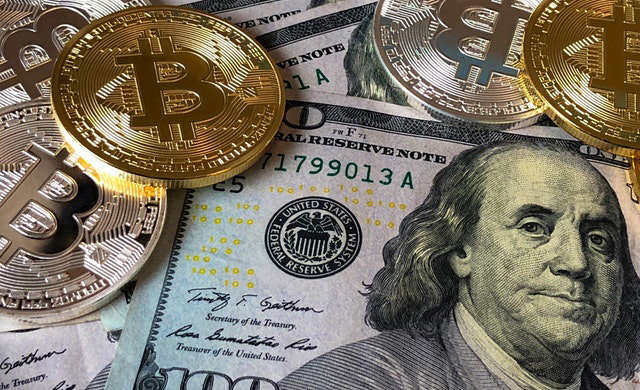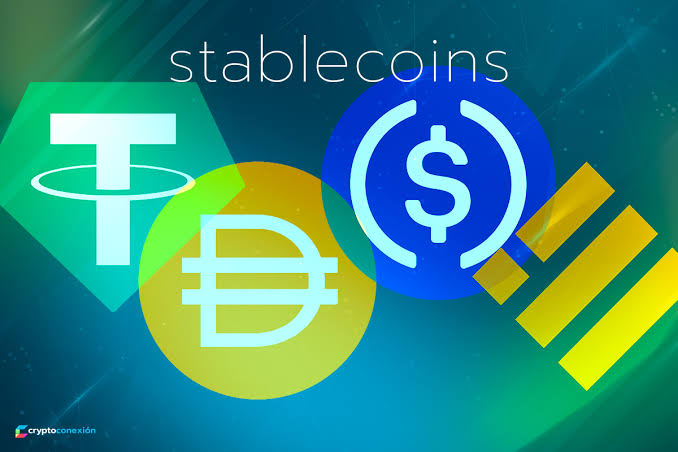In the evolving world of digital currencies, flatcoins are emerging as a groundbreaking alternative to traditional stablecoins. Unlike conventional stablecoins that are pegged to fiat currencies like the U.S. dollar, flatcoins aim to preserve purchasing power by tracking the cost of living rather than the price of money.

This novel class of cryptocurrency is designed to resist inflation, offering users a more stable and reliable store of value in an increasingly volatile economic landscape.
What Exactly Are Flatcoins?
Flatcoins are cryptocurrencies engineered to maintain a stable value relative to the cost of goods and services—rather than fiat currency. This distinction is important. While stablecoins like USDT or USDC remain at $1 nominally, their real-world purchasing power erodes with inflation. Flatcoins attempt to solve this issue.
The first of its kind, Nuon, uses an inflation-tracking system powered by an oracle network called Truflation, which monitors real-time price changes across millions of products. The flatcoin’s protocol adjusts its supply algorithmically to preserve its original $1 purchasing power based on a baseline cost-of-living index.
In essence, while fiat-pegged stablecoins anchor themselves to potentially inflationary currencies, flatcoins aim to remain constant in value, not just price.
How Do Flatcoins Maintain Purchasing Power?
Maintaining a stable peg to purchasing power is no simple task—it requires dynamic economics and smart design. Flatcoins typically use crypto-collateralization combined with algorithmic supply adjustments.
Here’s how it works:
Users mint flatcoins by overcollateralizing with assets like ETH or BTC.
A real-time inflation oracle like Truflation tracks changes in living costs.
If the flatcoin’s value rises above its target (i.e., too much purchasing power), the system mints more tokens and sells them to push the value down.
If it falls below the target (losing purchasing power), the protocol buys and burns tokens to reduce supply and raise value.
While clever, this system introduces dependencies—especially on reliable external data (oracles) and active user engagement. If either falters, the peg could destabilize.
Why Are Flatcoins Gaining Attention?
Flatcoins emerged in response to the shortcomings of both fiat-backed stablecoins and volatile cryptocurrencies like Bitcoin. The post-COVID inflation surge exposed how fiat-pegged stablecoins lost real purchasing power, even if they held their nominal peg.
Meanwhile, crypto assets like Bitcoin, while deflationary in theory, are highly volatile in practice—making them unreliable for daily transactions or savings. Flatcoins propose a middle ground: stability of value without the inflation risk tied to fiat or the unpredictability of traditional crypto.
By pegging value to a consumer price index (CPI) or similar basket, flatcoins could offer a more dependable financial tool—especially in inflation-prone economies.
How Flatcoins Differ from Other Stablecoins
The core distinction lies in what is being stabilized:
Fiat-backed stablecoins (e.g., USDT, USDC): Pegged to national currencies and backed by fiat reserves.
Crypto-collateralized stablecoins (e.g., DAI): Pegged to fiat but backed by volatile crypto assets.
Flatcoins: Pegged to purchasing power, targeting inflation resistance through algorithmic supply changes.
This design makes flatcoins more complex and experimental but also potentially more effective in preserving real-world value over time.
What Challenges Do Flatcoins Face?
Despite their promise, flatcoins face several obstacles:
Oracle Dependency: Their inflation-tracking mechanisms rely on oracles like Truflation, which represent single points of failure. A compromised oracle could break the system’s peg.
Adoption Barrier: Unlike passive fiat-backed stablecoins, flatcoins need user participation to mint, collateralize, and maintain equilibrium—making adoption more complex.
Volatility and Deflation Risk: If inflation cools or data inaccuracies occur, flatcoins could inadvertently deflate or misprice themselves.
Regulatory Uncertainty: As flatcoins gain traction, they could attract scrutiny from financial regulators, especially regarding reserve backing and decentralization.
Scalability: The mechanisms flatcoins rely on haven’t been tested at a large scale in volatile or crisis conditions.
What Do Industry Leaders Think?
The concept of flatcoins has piqued the interest of prominent figures in the crypto space. Coinbase CEO Brian Armstrong and Ethereum co-founder Vitalik Buterin have both expressed optimism about cryptocurrencies that preserve value through inflation tracking rather than fiat pegs.
However, Buterin has also pointed out that designing a flatcoin that reliably and efficiently tracks real-world inflation without unintended distortions is a deep algorithmic challenge—not easily solved by current models.
Outside the crypto community, economists see flatcoins as similar to inflation-indexed bonds but implemented via decentralized blockchain systems. While intriguing, many experts question whether such coins can maintain purchasing power effectively without distorting market incentives over time.
Could Flatcoins Replace National Currencies?
Some visionaries believe flatcoins could one day serve as legal tender, particularly in countries suffering from chronic inflation or currency instability. For instance, after El Salvador adopted Bitcoin as legal tender, some suggested a flatcoin pegged to local cost-of-living metrics might be a better alternative for price stability.
The idea of a government-issued flatcoin—digitally distributed and inflation-resistant—is compelling. However, central banks are unlikely to surrender monetary control to decentralized systems anytime soon. Nonetheless, smaller economies or post-crisis nations might be more open to experimenting with such a model.
Final Thoughts
Flatcoins represent a bold innovation in crypto’s quest for true stability. By anchoring value to real-world purchasing power instead of volatile fiat or speculative assets, they offer a promising path forward—especially in inflationary environments.
However, their long-term success hinges on overcoming technical, regulatory, and adoption hurdles. If these challenges can be met, flatcoins might become one of the most meaningful contributions to the future of money.
Learn from market wizards: Books to take your trading to the next level


 Hot Features
Hot Features













